Child Safety Seats Save Lives
The Farmington Fire Department has certified technicians on duty at all times to help with car seat installation. Appointments are not required.
These safety tips should be followed:
- Always read both the car seat instructions and your vehicle’s owner’s manual before installing a car seat.
- All children under 13 years of age should ride in the back seat.
- When installing a child car seat, place a substantial portion of your weight on the seat. Lock the seat belt according to the vehicle’s instructions on seat belts or in the owner’s manual. Then tug on the base of the car seat. If the seat moves more than one inch when tugged side-to-side or forward, then it is not installed tight enough.
- Infants should always ride in the back seat in reclining rear facing car seats. The reclining part of the seat where the infant’s head rests should always be at a 45-degree angle to prevent the baby’s head from falling forward and cutting off breathing.
- Children should ride in rear-facing car seats until they are two years old. Never place a rear-facing infant seat near a passenger side air bag.
- If using a rear facing seat, make sure the baby’s harness is through the slots that are at or below the shoulders. Tighten the harness until it lies in a relatively straight line without any slack or sagging, but not so tight as to cause the child discomfort. Always adjust the harness clip so that it is at the child’s armpit level.
- Toddlers can ride in forward-facing and upright car seats when they have reached two years of age. Children should ride in forward facing car seats with a harness until they are at least four years old and 40 pounds. The shoulder strap portion of the harness should be placed through slots on the seat that are at or above the child’s shoulder level.
- Children who are at least four years old, weigh between 40 and 80 pounds, and who are up to approximately four feet nine inches tall can ride in a belt-positioning booster seat. If using a belt-positioning booster, use it with a lap/shoulder belt that has been adjusted to fit a small child over the hips and shoulder.
- Children over 80 pounds and adults should always wear a properly positioned seat belt. A properly positioned seat belt means that the shoulder belt is across the shoulder and the lap portion is low and snug across the hips, not the stomach. NEVER place a shoulder belt behind the back or under the arm.







